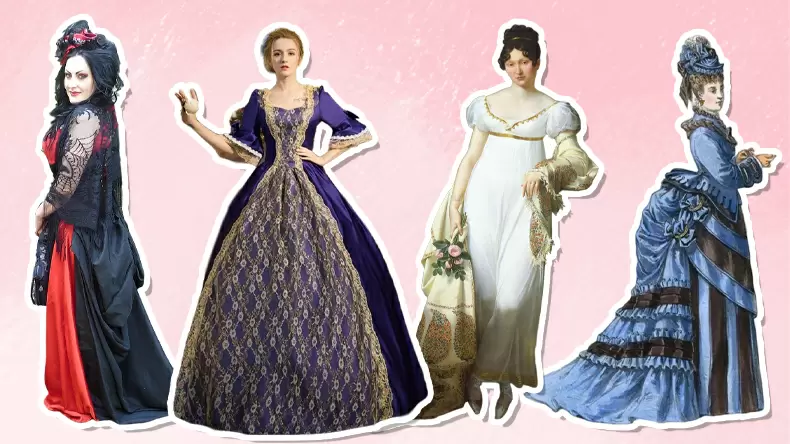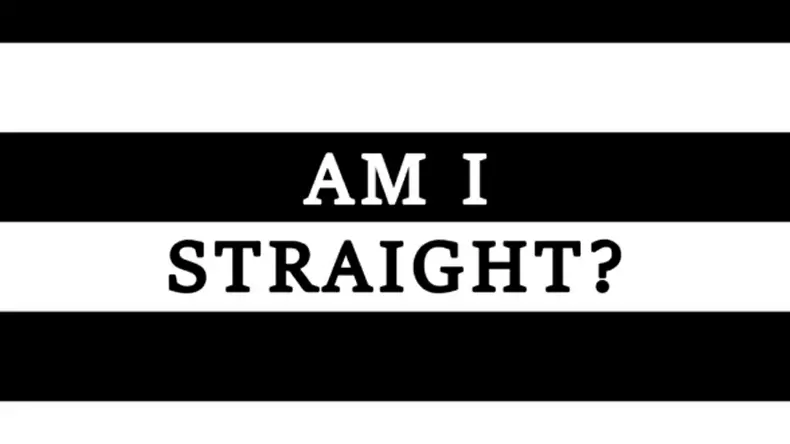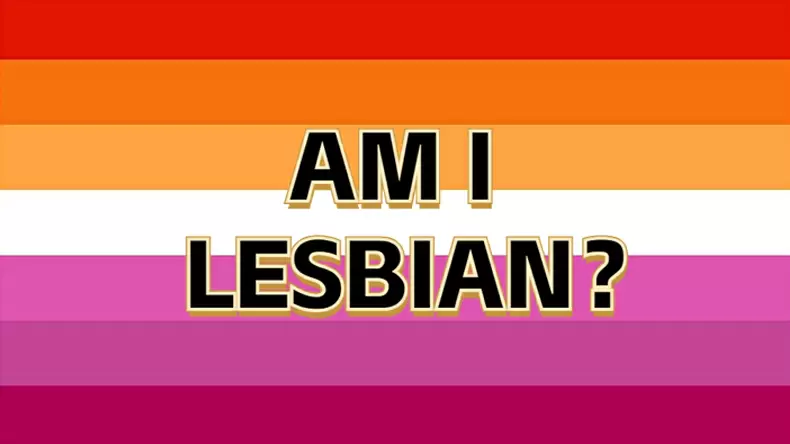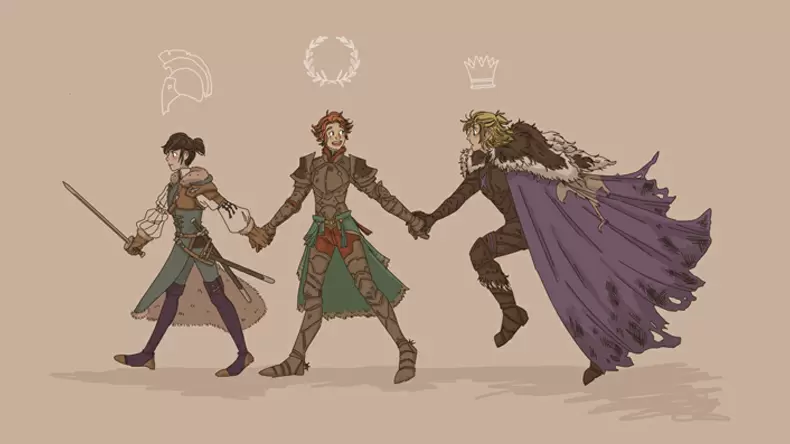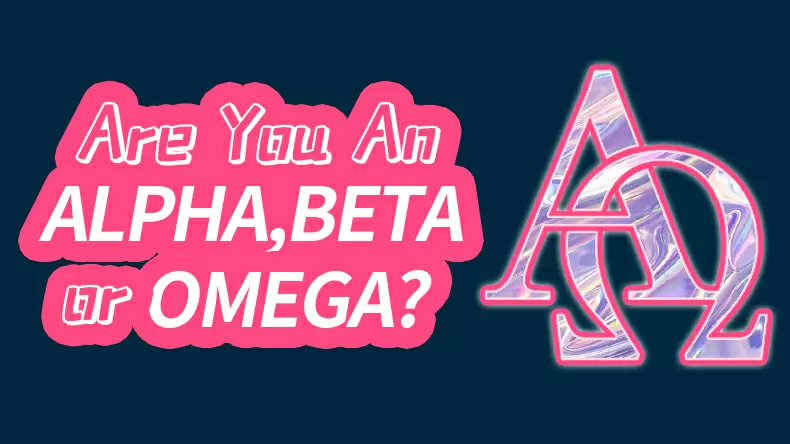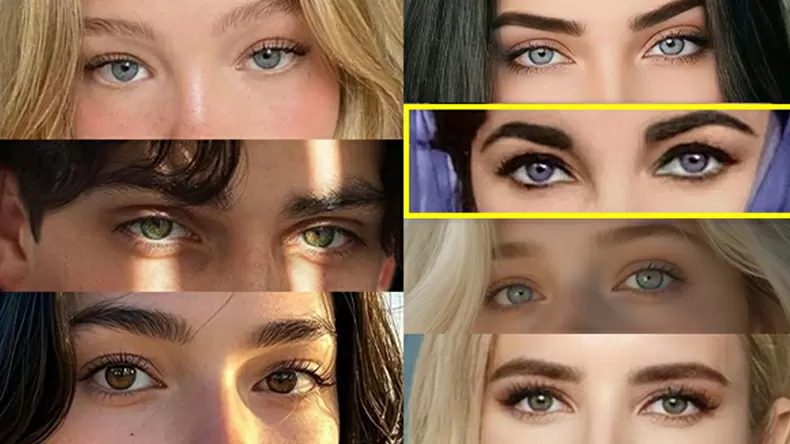Tom And Jerry Matching Pairs
Step into the shoes (and petticoats) of a European lady from centuries past with our fun European Classical Period Costume quiz!
Unveiling Elegance: Exploring the Classical Period Costume and Its Influence on European Culture
The European Classical Period, also known as the Classical Era, was a time of great cultural and artistic development in Europe. This period, which lasted from the mid-18th century to the early 19th century, saw the rise of classical music, art, and literature. It was also a time of great change in fashion, as the elaborate and ornate styles of the Baroque period gave way to the more refined and elegant costumes of the Classical Period.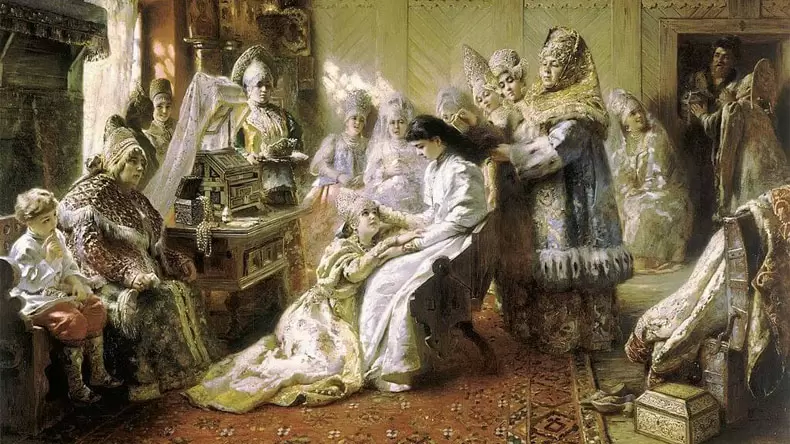
The Classical Period costume was characterized by its simplicity, elegance, and attention to detail. It was a departure from the heavy and elaborate styles of the previous era, and it reflected the growing interest in classical art and culture. The silhouette of the Classical Period costume was slim and columnar, with an emphasis on the natural waistline and a high neckline. The fabrics used were often lightweight and fluid, such as silk, muslin, and cotton, which allowed for the graceful draping and movement that was characteristic of the style.
One of the most iconic elements of the Classical Period costume was the use of the empire waistline. This style, which originated in ancient Greece and Rome, featured a high waistline that was positioned just below the bust, creating a long and flowing line that was both flattering and elegant. The empire waistline was often accented with delicate details such as ruching, pleating, or embroidery, adding a touch of femininity and refinement to the overall look.
Another key feature of the Classical Period costume was the use of classical motifs and references. This was a time of great interest in ancient Greek and Roman art and culture, and this was reflected in the fashion of the period. Garments were often adorned with classical-inspired motifs such as laurel wreaths, Greek key patterns, and Roman column designs, which added a sense of sophistication and classical beauty to the costumes.
In terms of color, the Classical Period costume favored a soft and delicate palette. Pastel shades such as pale pink, mint green, and sky blue were popular, as were neutral tones such as ivory, beige, and dove gray. These colors complemented the graceful and refined silhouette of the garments, and they added to the overall sense of elegance and simplicity that was characteristic of the style.
Accessories were also an important part of the Classical Period costume. Women often wore delicate shawls, gloves, and parasols, which added a touch of femininity and refinement to their outfits. Jewelry was also an important accessory, with women often wearing delicate pieces such as pearl necklaces, cameo brooches, and filigree earrings, which added a sense of elegance and sophistication to their look.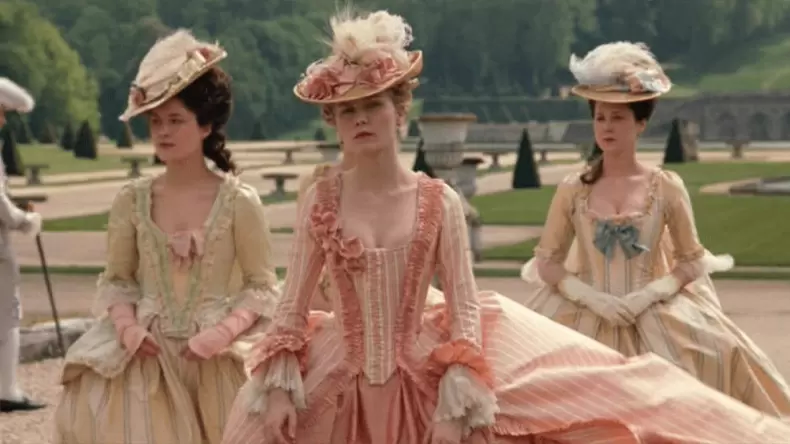
The Classical Period costume was not only a reflection of the fashion of the time, but it also reflected the broader cultural and artistic developments of the era. It was a style that was elegant, refined, and timeless, and it continues to inspire and influence fashion to this day. The Classical Period costume is a testament to the enduring beauty and grace of European classical art and culture, and it remains a source of inspiration for designers and fashion enthusiasts around the world.Take our quiz and find out which European classical period costume suits you best!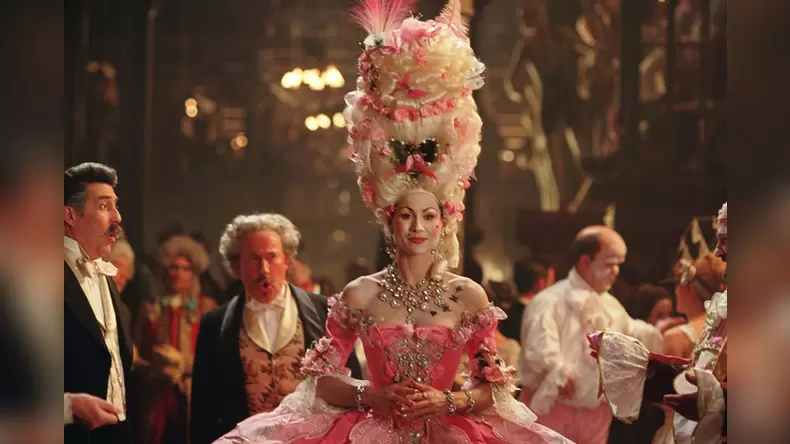
POPULAR
Gay Test: Am I Gay Quiz?
Happy Glass
Picky Eater Test: Are You a Picky Eater? Quiz
The Powerpuff Girls Doodle Maker
Body Dysmorphia Test: Do I Have BDD? Quiz
Peppe Pig Ice Skating
BDSM Test: Exploring Your Kinky Side Quiz
Cut The Rope 2
Quiz: Am I Straight - Test Your Heterosexuality
Fruit Ninja
16 Personalities Test - Find Out Your 16 Personalities Type Quiz
Garfield Checkers
Mental Age test: What's your mental age? Quiz
Garden Tales 2
Which Sanrio character Are You? Quiz
Candy Riddles Free Match 3 Puzzle
Sexuality Test: Discover Your True Colors Quiz
Hungry Shark Arena
What Animal Am I? Personality Test Quiz
Pinkie Pie Color Puzzle
Are you A Top or A Bottom? Quiz
The Smurfs Ocean Cleanup
Sissy Test: Am I Sissy? Quiz
Ninja Hands
Which Disney Princess are You? Quiz
Football Brawl
How Can I Show Love? Love Languages Test Quiz
Clash Of Skulls
Pooh Pathology Test: What's Your Winnie the Pooh Pathology? Quiz
Spongebob Saves The Day
Lesbian Test: Am I Lesbian? Quiz
Super Mario Run
Which South Park Character Are You? Quiz
Captain Sniper
Idiot Test: Am I an Idiot? Quiz
Spiny Maze Puzzle
Harry Potter Quiz: Which Hogwarts house do you belong to?
Greenlight Redlight
Soldier, Poet, King Personality Quiz
Home Scapes
Smile Dating Test Quiz
Among Us The Imposter
Which BLACKPINK Member Are You? Quiz
Sonic Run Adventure
The Big Five Personality Test Quiz
Disney Junior Holiday Party
When Will I Die? Death Calculator Quiz
Mine Clone 4
Omegaverse Quiz: What ABO type Are You?
Drop N Merge
Am I A Furry? Quiz
Worm Hunt - Snake Game Io Zone
What is My Angel Number? Personality Test Quiz
New Quiz
What's Your Crush's Secret Thought About You? Quiz
What Eye Color Does My Future Crush Have? Quiz
What's the First Initial of Your Crush? Quiz
Which Plant Personality Are You? Quiz
Who Is My Digimon Partner? Quiz
Your 2025 Word Of The Year Quiz
